People and Places that have made a change !
Classical Guitar Concerts in Los Angeles / Clermont Florida
Peru
Thoughts
Best guitar lessons in Los Angeles and Clermont Florida
Best Classical Guitar Lessons in Los Angeles
Hunley Guitar Studio online guitar lessons and events
The most amazing person that ever played the guitar.
"God gives each guitarist a special gift , some are extremely fast, some the most beautiful tone and some a feeling that no other player leaves, all
are important and are essential to the insturment"
Celedonio Romero
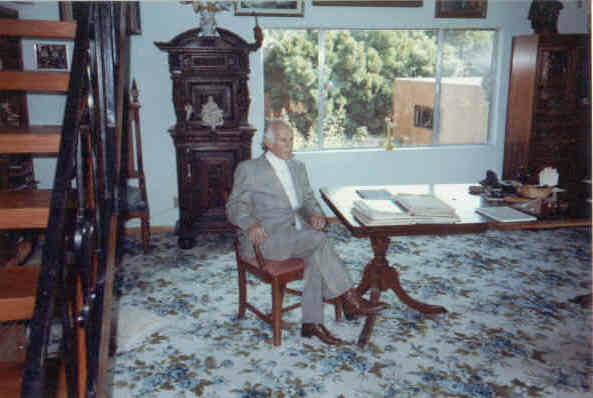
Celedonio in his studio in Del Mar

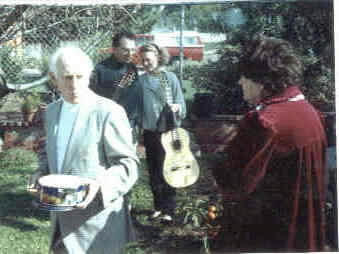
James below Captain Cooks Monument Hawaii, coming up from 110 feet
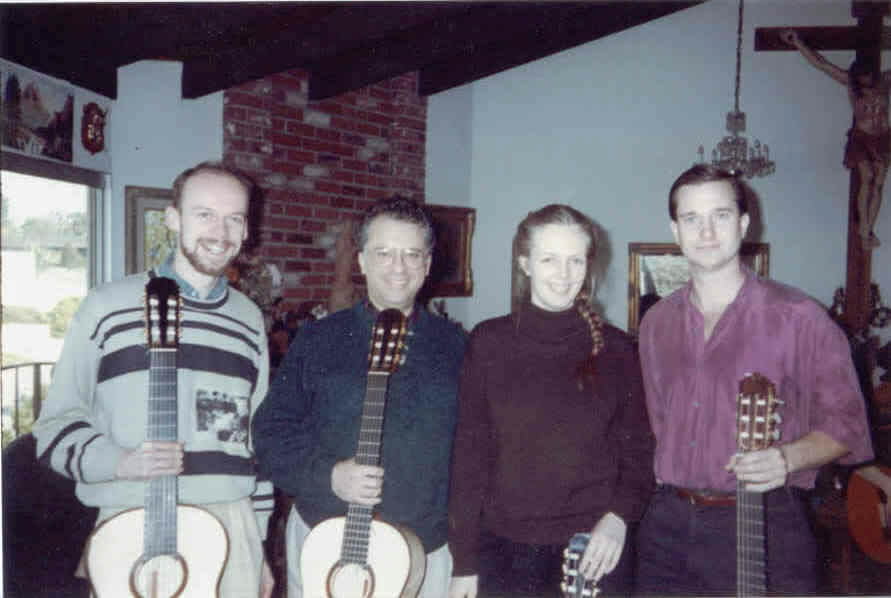
A young but still amazing Klaus Jaeckle, Pepe, Heike and Even younger James Hunley
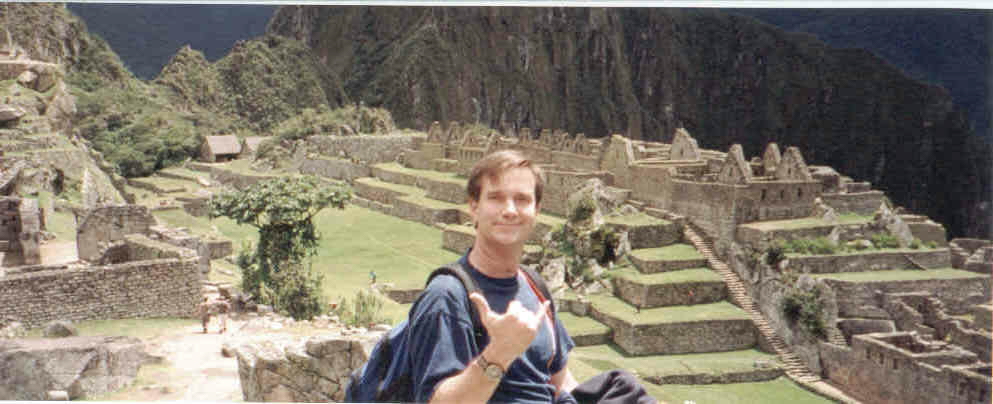
Manchu Pichu,after waiting 19 years !
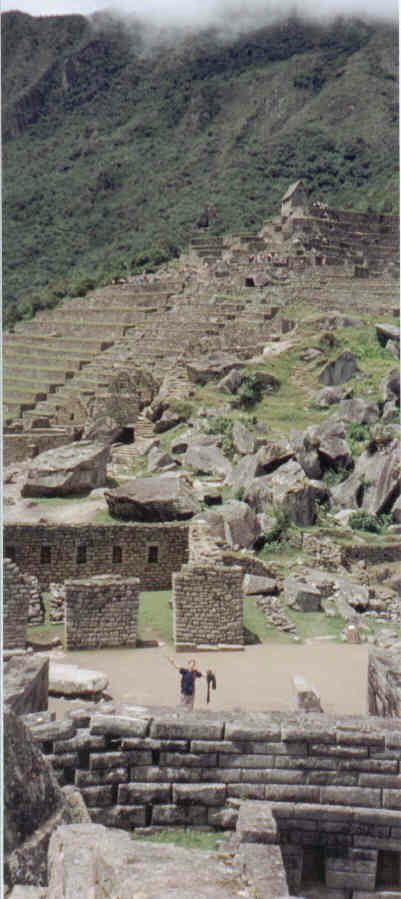
No photo does Peru Justice.
The sights and the height is amazing and worth the difficulties of Riots and car bombs.
It seriously is like an adventure from a movie
and a truly sacred place.
The sights and the height is amazing and worth the difficulties of Riots and car bombs.
It seriously is like an adventure from a movie
and a truly sacred place.
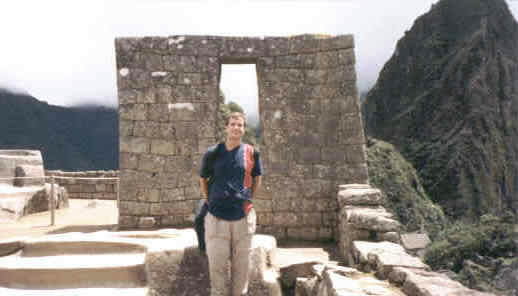
amazing stone work on th top of a mountain.
Machu Picchu is a city located high in the Andes Mountains in modern Peru. It lies 43 miles northwest of Cuzco at the top of a ridge, hiding it from the Urabamba gorge below. The ridge is between a block of highland and the massive Huaynac Picchu, around which the Urubamba River takes a sharp bend. The surrounding area is covered in dense bush, some of it covering Pre-Colombian cultivation terraces.
Machu Picchu (which means "manly peak") was most likely a royal estate and religious retreat. It was built between 1460 and 1470 AD by Pachacuti Inca Yupanqui, an Incan ruler. The city has an altitude of 8,000 feet, and is high above the Urubamba River canyon cloud forest, so it likely did not have any administrative, military or commercial use. After Pachacutis death, Machu Picchu became the property of his allus, or kinship group, which was responsible for it's maintenance, administration, and any new construction.
Machu Picchu is comprised of approximately 200 buildings, most being residences, although there are temples, storage structures and other public buildings. It has polygonal masonry, characteristic of the late Inca period.
About 1,200 people lived in and around Machu Picchu, most of them women, children, and priests. The buildings are thought to have been planned and built under the supervision of professional Inca architects. Most of the structures are built of granite blocks cut with bronze or stone tools, and smoothed with sand. The blocks fit together perfectly without mortar, although none of the blocks are the same size and have many faces; some have as many as 30 corners. The joints are so tight that even the thinnest of knife blades can't be forced between the stones. Another unique thing about Machu Picchu is the integration of the architecture into the landscape. Existing stone formations were used in the construction of structures, sculptures are carved into the rock, water flows through cisterns and stone channels, and temples hang on steep precipices.
The houses had steep thatched roofs and trapezoidal doors; windows were unusual. Some of the houses were two stories tall; the second story was probably reached by ladder, which likely was made of rope since there weren't many trees at Machu Picchu's altitude. The houses, in groups of up to ten gathered around a communal courtyard, or aligned on narrow terraces, were connected by narrow alleys. At the center were large open squares; livestock enclosures and terraces for growing maize stretched around the edge of the city.
The Incas planted crops such as potatoes and maize at Machu Picchu. To get the highest yield possible, they used advanced terracing and irrigation methods to reduce erosion and increase the area available for cultivation. However, it probably did not produce a large enough surplus to export agricultural products to Cuzco, the Incan capital.
One of the most important things found at Machu Picchu is the intihuatana, which is a column of stone rising from a block of stone the size of a grand piano. Intihuatana literally means "for tying the sun", although it is usually translated as "hitching post of the sun". As the winter solstice approached, when the sun seemed to disappear more each day, a priest would hold a ceremony to tie the sun to the stone to prevent the sun from disappearing altogether. The other intihuatanas were destroyed by the Spanish conquistadors, but because the Spanish never found Machu Picchu, it remained intact. Mummies have also been found there; most of the mummies were women.
Few people outside the Inca's closest retainers were actually aware of Machu Picchus existence. Before the Spanish conquistadors arrived, the smallpox spread ahead of them. Fifty percent of the population had been killed by the disease by 1527. The government began to fail, part of the empire seceded and it fell into civil war. So by the time Pizarro, the Incas conquerer, arrived in Cuzco in 1532, Machu Picchu was already forgotten.
View of the Machu Picchu ruins and Huaynu Picchu, the peak on the right, from the agricultural terraces. The small center peak is the location of the Intihuatani.
Machu Picchu was rediscovered in 1911 by Hiram Bingham, a professor from Yale. Bingham was searching for Vilcabamba, which was the undiscovered last stronghold of the Incan empire. When he stumbled upon Machu Picchu, he thought he had found it, although now most scholars believe that Machu Picchu is not Vilcabamba. Machu Picchu was never completely forgotten, as a few people still lived in the area, where they were "free from undesirable visitors, officials looking for "army volunteers" or collecting taxes", as they told Bingham.
Machu Picchu (which means "manly peak") was most likely a royal estate and religious retreat. It was built between 1460 and 1470 AD by Pachacuti Inca Yupanqui, an Incan ruler. The city has an altitude of 8,000 feet, and is high above the Urubamba River canyon cloud forest, so it likely did not have any administrative, military or commercial use. After Pachacutis death, Machu Picchu became the property of his allus, or kinship group, which was responsible for it's maintenance, administration, and any new construction.
Machu Picchu is comprised of approximately 200 buildings, most being residences, although there are temples, storage structures and other public buildings. It has polygonal masonry, characteristic of the late Inca period.
About 1,200 people lived in and around Machu Picchu, most of them women, children, and priests. The buildings are thought to have been planned and built under the supervision of professional Inca architects. Most of the structures are built of granite blocks cut with bronze or stone tools, and smoothed with sand. The blocks fit together perfectly without mortar, although none of the blocks are the same size and have many faces; some have as many as 30 corners. The joints are so tight that even the thinnest of knife blades can't be forced between the stones. Another unique thing about Machu Picchu is the integration of the architecture into the landscape. Existing stone formations were used in the construction of structures, sculptures are carved into the rock, water flows through cisterns and stone channels, and temples hang on steep precipices.
The houses had steep thatched roofs and trapezoidal doors; windows were unusual. Some of the houses were two stories tall; the second story was probably reached by ladder, which likely was made of rope since there weren't many trees at Machu Picchu's altitude. The houses, in groups of up to ten gathered around a communal courtyard, or aligned on narrow terraces, were connected by narrow alleys. At the center were large open squares; livestock enclosures and terraces for growing maize stretched around the edge of the city.
The Incas planted crops such as potatoes and maize at Machu Picchu. To get the highest yield possible, they used advanced terracing and irrigation methods to reduce erosion and increase the area available for cultivation. However, it probably did not produce a large enough surplus to export agricultural products to Cuzco, the Incan capital.
One of the most important things found at Machu Picchu is the intihuatana, which is a column of stone rising from a block of stone the size of a grand piano. Intihuatana literally means "for tying the sun", although it is usually translated as "hitching post of the sun". As the winter solstice approached, when the sun seemed to disappear more each day, a priest would hold a ceremony to tie the sun to the stone to prevent the sun from disappearing altogether. The other intihuatanas were destroyed by the Spanish conquistadors, but because the Spanish never found Machu Picchu, it remained intact. Mummies have also been found there; most of the mummies were women.
Few people outside the Inca's closest retainers were actually aware of Machu Picchus existence. Before the Spanish conquistadors arrived, the smallpox spread ahead of them. Fifty percent of the population had been killed by the disease by 1527. The government began to fail, part of the empire seceded and it fell into civil war. So by the time Pizarro, the Incas conquerer, arrived in Cuzco in 1532, Machu Picchu was already forgotten.
View of the Machu Picchu ruins and Huaynu Picchu, the peak on the right, from the agricultural terraces. The small center peak is the location of the Intihuatani.
Machu Picchu was rediscovered in 1911 by Hiram Bingham, a professor from Yale. Bingham was searching for Vilcabamba, which was the undiscovered last stronghold of the Incan empire. When he stumbled upon Machu Picchu, he thought he had found it, although now most scholars believe that Machu Picchu is not Vilcabamba. Machu Picchu was never completely forgotten, as a few people still lived in the area, where they were "free from undesirable visitors, officials looking for "army volunteers" or collecting taxes", as they told Bingham.